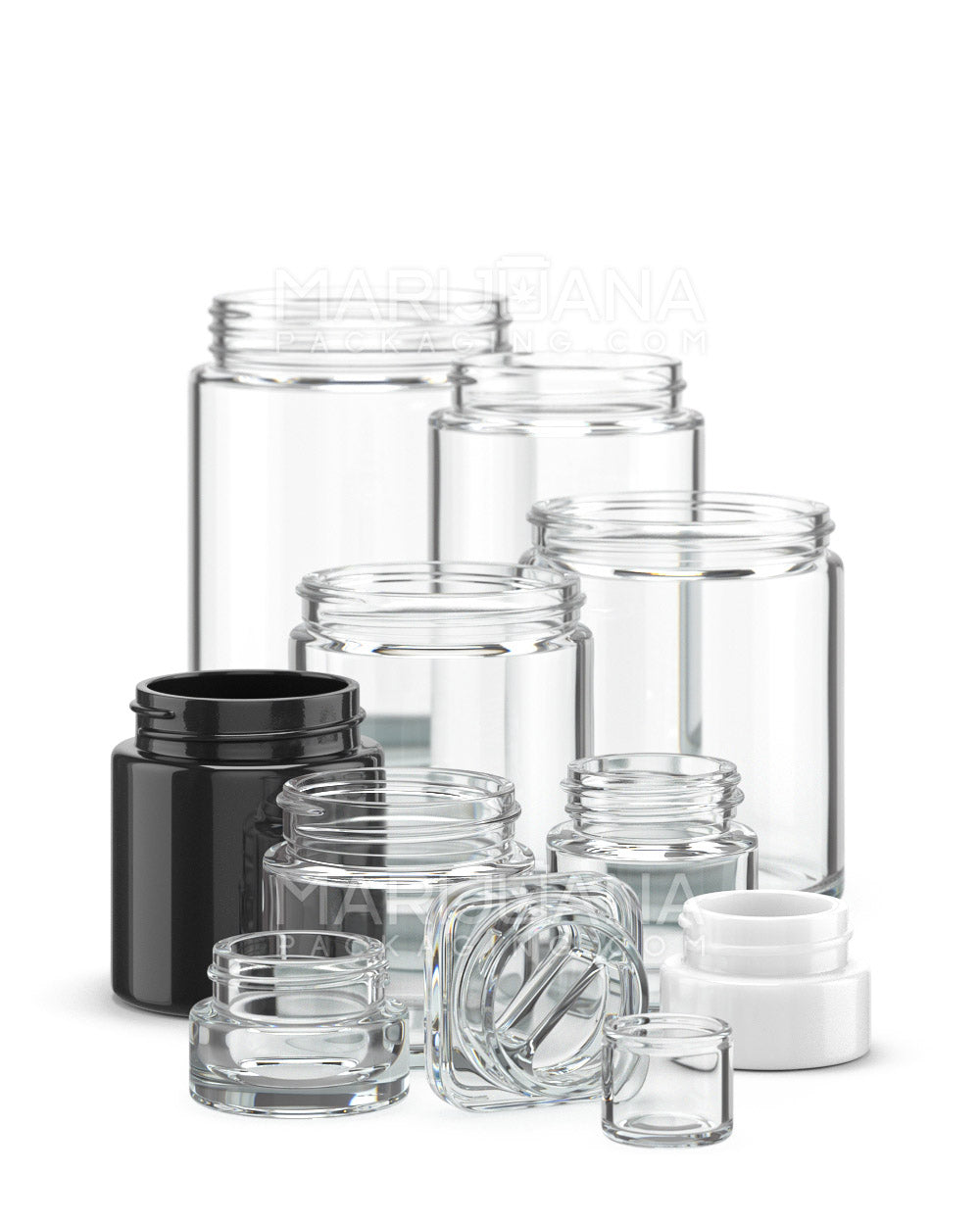When it comes to marijuana, you might hear people talking about different types, but what does that really mean? If you're new to the topic or just looking to get a better grasp, understanding the three primary types of marijuana is a great place to start. These types are known as Cannabis Sativa, Cannabis Indica, and Cannabis Ruderalis. Each has its own unique characteristics, effects, and uses.
In this article, we’ll break down these three types, exploring their distinct features, growth habits, and what sets them apart from each other. Whether you're curious about their effects or considering growing your own plants, you'll find valuable insights here. By the end, you'll have a clearer picture of how these types of marijuana differ and why that matters.
Cannabis Sativa: The Energetic One
Cannabis Sativa is often associated with an uplifting and energizing effect, making it a popular choice for daytime use. These plants are typically tall, with narrow leaves, and they thrive in warmer climates with long growing seasons. If you're looking to cultivate Sativa, patience is key, as they can take longer to mature compared to other types.
One of the notable features of Sativa strains is their high THC content, which contributes to their stimulating effects. Users often report feeling more creative, focused, and sociable, which is why Sativa is sometimes referred to as the "party strain." However, these effects can vary depending on the specific strain and individual reactions.
From a cultivation standpoint, growing Sativa can be a rewarding challenge. These plants need plenty of vertical space, so they’re better suited for outdoor grows or indoor setups with high ceilings. It's important to note that Sativa plants can be sensitive to environmental changes, so consistent care is essential.
- Growth Habit: Tall and lanky, requiring more vertical space.
- Climate: Prefers warm climates with long growing seasons.
- Effects: Energizing and uplifting, often enhancing creativity and focus.
Cannabis Indica: The Relaxing Companion
On the flip side, Cannabis Indica is renowned for its calming and sedative effects. If you're winding down after a long day or need help sleeping, Indica might be your go-to. These plants are generally shorter and bushier with broader leaves, making them ideal for indoor cultivation.
Indica strains often have higher CBD content compared to Sativa, which contributes to their relaxing properties. Users typically experience a sense of deep relaxation and sometimes even couch-lock, which makes Indica strains well-suited for evening or nighttime use.
For growers, Indica plants are often easier to manage due to their compact size and shorter flowering times. They are more resilient to cooler climates, which broadens the range of environments in which they can thrive. Plus, their bushy structure allows for more efficient use of space, whether you're growing in a tent, greenhouse, or backyard.
- Growth Habit: Short and bushy, suitable for compact growing spaces.
- Climate: Adaptable to cooler climates and shorter growing seasons.
- Effects: Relaxing and sedative, often used for stress relief and sleep aid.
Cannabis Ruderalis: The Hardy Survivor
While less commonly discussed, Cannabis Ruderalis has its own unique contributions, particularly in the world of breeding. This type is known for its ruggedness and ability to grow in harsh environments, including colder climates where other cannabis types might struggle.
Ruderalis plants are naturally small and have lower THC content, meaning they don't produce the same psychoactive effects as Sativa or Indica. However, they have a special trait: autoflowering. This means they transition from the vegetative stage to the flowering stage based on age rather than light exposure, making them incredibly resilient and easy to grow.
Breeders often use Ruderalis genetics to create autoflowering hybrids that combine the desirable traits of Sativa or Indica with Ruderalis's hardy nature. These hybrids allow for quicker harvest cycles and can be grown in diverse environments, making them a versatile option for both beginners and experienced growers.
- Growth Habit: Small and hardy, with a natural resistance to harsh environments.
- Climate: Thrives in a wide range of climates, including colder regions.
- Effects: Typically lower in THC, used mainly in breeding for autoflowering traits.
Understanding Hybrid Strains
Now that we've covered the three main types, let's talk about hybrids. These are strains that combine genetics from Sativa, Indica, or Ruderalis to create new varieties with tailored effects and growth characteristics. Hybrids can offer a balanced experience, taking the best of both worlds from their parent strains.
For example, a Sativa-dominant hybrid might provide the uplifting effects of Sativa with the calming influence of Indica, resulting in a balanced high that's both energizing and relaxing. Conversely, an Indica-dominant hybrid might be more calming while still offering some of the creativity-boosting properties of Sativa.
Hybrids are extremely popular among growers and consumers because they can be customized to suit specific needs or preferences. Whether you're looking for a particular flavor profile or a unique effect, there's likely a hybrid strain that fits the bill.
- Customization: Hybrids are crafted to achieve specific effects or characteristics.
- Variety: Offers a vast array of options for different preferences and needs.
- Balanced Effects: Can combine the energizing effects of Sativa with the calming effects of Indica.
Choosing the Right Type for Your Needs
With so many options, how do you choose the right type for you? It largely depends on what you're seeking from your cannabis experience. Are you looking to boost your creativity or unwind after a long day? Perhaps you're interested in trying your hand at cultivation?
If you're after an energizing experience, a Sativa or Sativa-dominant hybrid might be the way to go. On the other hand, if relaxation is your goal, you might gravitate towards Indica or an Indica-dominant hybrid. Meanwhile, if you're interested in cultivation and want a plant that's easy to manage, consider a Ruderalis-dominant hybrid for its autoflowering capability.
It's also worth considering the practical aspects like climate, space, and your level of experience. Each type has its own requirements and challenges, so aligning these with your personal situation can help ensure a successful and rewarding experience.
- Personal Preferences: Decide based on desired effects and personal goals.
- Practical Considerations: Think about climate, space, and your level of experience.
- Experimentation: Trying different strains can help you find what works best for you.
Cultivation Tips for Each Type
Growing your own marijuana can be a fulfilling hobby, but it requires a bit of know-how. Each type of cannabis has specific needs, so let's look at some tips to help you cultivate each one successfully.
Cannabis Sativa
Given its tall stature, ensure you have enough vertical space. Sativa plants prefer warm, sunny climates, so if you're growing indoors, mimic these conditions with adequate lighting and temperature control. Keep in mind that Sativa takes longer to mature, so patience is important.
Cannabis Indica
Indica's compact size makes it perfect for indoor grows. These plants are more forgiving in cooler climates and have shorter flowering times, which means you can harvest sooner. Ensure adequate airflow and space the plants properly to avoid mold and mildew.
Cannabis Ruderalis
Ruderalis plants are small and sturdy, making them ideal for beginners. Their autoflowering trait means you don't need to worry about light cycles, which simplifies the process. These plants are well-suited to a variety of climates, adding to their ease of cultivation.
- Sativa Tips: Provide ample vertical space and warm conditions.
- Indica Tips: Compact growth suits indoor cultivation with shorter flowering times.
- Ruderalis Tips: Autoflowering trait simplifies the growing process.
Legal Considerations
Before diving into the world of cannabis cultivation or consumption, it's important to be aware of the legal landscape. In the United States, marijuana laws can vary significantly from state to state, and federal law still classifies marijuana as a controlled substance.
Some states have legalized recreational use, while others allow only medical use or have decriminalized possession. It's crucial to research and understand the laws in your state to ensure compliance and avoid any legal issues. Additionally, if you're considering growing cannabis, be aware of any local regulations regarding the number of plants allowed and other cultivation requirements.
- State Laws: Vary widely, so know the regulations in your area.
- Federal Law: Marijuana remains a controlled substance at the federal level.
- Compliance: Research local regulations on cultivation and possession.
Understanding Terpenes and Cannabinoids
Part of what makes each type of marijuana unique is its composition of terpenes and cannabinoids. These natural compounds not only influence the plant's aroma and flavor but also its effects on the body and mind.
THC and CBD are the most well-known cannabinoids, with THC being responsible for the psychoactive effects and CBD often associated with therapeutic benefits. Terpenes, on the other hand, are aromatic compounds that contribute to each strain's unique scent and play a role in the entourage effect, where different components work together to enhance the overall impact.
Understanding the terpene and cannabinoid profile of a strain can help you choose the right type for your desired effects. For instance, if you're looking for relaxation, a strain high in myrcene might be beneficial, while limonene-rich strains could provide an uplifting experience.
- Cannabinoids: THC and CBD are the primary components influencing effects.
- Terpenes: Contribute to aroma and can enhance effects through the entourage effect.
- Profiles: Knowing a strain's profile can guide your choice for specific effects.
Final Thoughts
Marijuana is a fascinating plant with a wide range of effects and uses, largely determined by the type and strain. Sativa, Indica, and Ruderalis each bring something unique to the table, offering varied experiences for consumers and growers alike. By understanding the differences between them, you can make more informed decisions about what might suit your needs best.
When it comes to packaging your marijuana products, Gamut has you covered with a full range of packaging solutions. Whether you need jars, bags, or custom designs, Gamut's expertise in packaging for consumer goods ensures your products are presented just right. Their services are tailored to help your brand stand out, making sure that your packaging not only protects your product but also catches the eye of your customers.



















